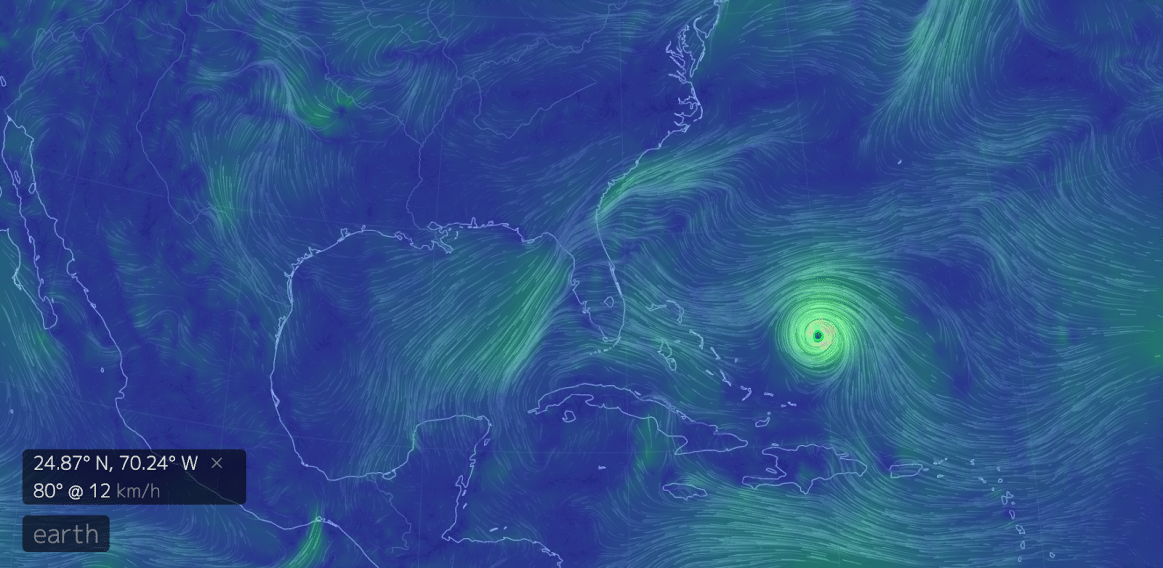
The end of summer means the beginning of the storm season. Wildfires, hurricanes, tornadoes, and thunderstorms are some of the more serious events we have to cope with during this time of year. To welcome the 2019 storm season, we’ve compiled some resources for solar installers and solar energy system owners to reference.
Peace of Mind
Solar energy systems are actually pretty well equipped for storm safety - as long as they were designed and installed to code. Installing PV systems with best practices and Tier 1 products is your first line of defense against any meteorological threats. This includes:
-
Properly sized overcurrent protection
-
High-quality, durable materials.
-
Close attention to wire management
-
Mounting your PV array with the right racking hardware
-
Proper grounding equipment
-
Using MLPE devices when required by your jurisdiction
-
…..and more, courtesy of Energy.gov
You can take these additional precautions, too:
-
Using lightning arrestors
-
Using wireless monitoring options to ensure that you can regularly and proactively check on the status of your array and electrical equipment, even from a remote location
-
Employing hurricane best practices
Adding back-up for outages
Equipping your system with battery back-up can take the stress out of grid outages. See: How to Size a Solar Battery Bank -Part 1 and How to Size a Battery Bank - Part 2. Although a grid-tied PV system needs to be disconnected from the grid to prevent islanding in the event of an outage, there are some things you can do to get some extra power.
If you want to power your home safely even when the grid goes down, take a look at SolarEdge’s StorEdge solution. StorEdge by SolarEdge stores unused PV power in a battery and can be safely kicked on to power critical loads in the event of a power outage. This solution paired with SolarEdge’s module-level optimizers with rapid-shut-down capabilities makes the product line perfect for storm preparedness.
In the event that you believe any weather conditions are becoming unsafe for a PV array to be producing electricity, respond accordingly!
-
Turn off the system when you think it’s necessary - use discretion
-
Do not turn system back on until it has been checked over for damage
-
Treat any damaged equipment like utility wires
-
Use gloves and tools with rubber handles. Remember that water is a conductor!
Hopefully, instances where disconnecting a PV array due to weather is necessary will be rare, but anything is possible in the age of rising sea levels and intensified seasonal weather changes.
Key takeaways for storm season: follow your local codes, use quality products, and know what risks you face in your region so you can adapt where necessary.
Resource:
https://www.revolusun.com/faqb/2018/9/10/how-to-prepare-your-pv-solar-system-for-a-hurricane